In railway operations, safety is paramount. Rail infrastructure plays a pivotal role across the whole transportation sector and using asset life analysis as a proactive stance towards asset safety is vital.
By closely monitoring the remaining lifespan of railway components across a network using asset life analysis, renewals can be strategically planned and ensure a safety-critical buffer to mitigate any potential risks.
We’ve delved into the significance of remaining asset life analysis and how it helps in bolstering rail safety.
Understanding Remaining Asset Life
Remaining asset life is a metric that assesses the anticipated time before a railway component reaches the end of its functional life. This analysis is particularly crucial for safety-critical assets where maintaining a buffer between the remaining years of service and expiration is essential for preventing failures that could compromise safety.
Railway assets have a finite lifespan influenced by several different factors. These can be things such as wear and tear or environmental conditions for certain network areas.
The Rail BI platform displays the remaining asset life of all railway components across each network area. This allowing the planning of future maintenance to be scheduled in advance. This helps ensure a safety-critical buffer remains in place.
Remaining Asset Life Analysis
Leveraging predictive analytics tools is integral to Remaining Asset Life analysis. By utilising historical data and maintenance records organisations can predict when safety-critical assets are likely to approach the end of their life. This foresight enables proactive planning for renewals, reducing the risk of unforeseen failures.
By assigning risk scores based on factors such as the role the asset plays in safety, its condition, and the consequences of failure, organisations can prioritise renewals for assets with higher safety implications.
By centralising data from various sources, organisations can streamline the monitoring process and make well-informed decisions regarding safety-critical renewals using our data warehouse.
Remaining asset life analysis aids in meeting and exceeding regulatory safety standards. By demonstrating a proactive approach to asset management, rail operators can ensure compliance with industry regulations. This fosters a culture of safety and accountability.
What Are The Benefits?
The proactive nature of Remaining Asset Life analysis facilitates preventive maintenance. By identifying assets with limited remaining life, rail operators can schedule timely renewals. This reduces the likelihood of unexpected failures and enhancing overall safety.
Railway components are subjected to heavy loads, vibrations and environmental stresses. Regular monitoring and adherence to asset lifespans can help to prevent unexpected failures. Failures can lead to incidents or disruptions in rail services. Identifying and replacing components nearing the end of their lifespan through proactive maintenance reduces the risk of sudden breakdowns. Ensuring a safety-critical buffer through analysis enhances operational continuity. By preventing unexpected failures, rail operators can maintain a reliable and safe transportation network.
Signal systems play a crucial role in directing train movements and ensuring safe spacing between trains. If signal components exceed their lifespan, there is an increased risk of malfunctions or miscommunications. Regular inspections and replacements of signal components contribute to the reliability of the rail signalling system and overall rail safety.
Strategic Renewals
Strategic renewals based on asset life analysis lead to cost-efficiency. By avoiding emergency repairs and optimising maintenance schedules, organisations can also minimise costs while maximising the lifespan of safety-critical assets.
Remaining asset life analysis stands as a linchpin in ensuring the safety and reliability of rail infrastructure. By adopting a proactive approach to safety-critical renewals, rail operators can create a resilient and efficient transportation network that prioritises safety. In an era where data-driven decision-making is paramount, the integration of asset analysis emerges as a key tool for safeguarding the future of railway operations.
Using business intelligence tools (such as our rail planning software platform) gives you the confidence to make better decisions. This can enhance productivity and efficiency for all of your rail planning projects.
We can help you get the best results and the correct information every time. For more information about our product and to see how using business intelligence can significantly improve your planning for rail maintenance, upgrades and more, contact one of our team today for a demo of our rail planning platform.
